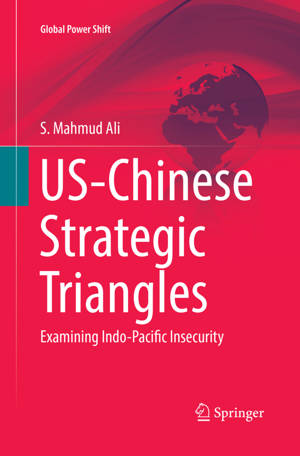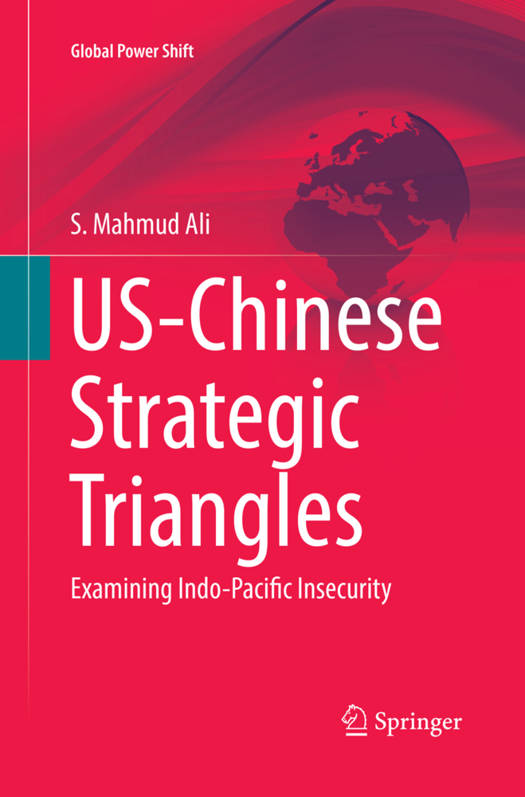
- Retrait gratuit dans votre magasin Club
- 7.000.000 titres dans notre catalogue
- Payer en toute sécurité
- Toujours un magasin près de chez vous
- Retrait gratuit dans votre magasin Club
- 7.000.0000 titres dans notre catalogue
- Payer en toute sécurité
- Toujours un magasin près de chez vous
Description
This book reveals the nature of Sino-US strategic competition by examining the influence exerted by major secondary stakeholders, e.g. Japan, Russia, India, the Koreas, and ASEAN, on the two powers, USA and its rival China, who consider each other as a source of greatest challenges to their respective interests. By adopting "strategic triangles" as the analytical framework and assessing triangular relational dynamics, such as US-China-Japan or US-China-Russia, the author illustrates how secondary stakeholders advance their own interests by exploiting their respective linkages to the two rivals, thereby, shaping Sino-US completive dynamics. This work adds a regional and multivariable perspective to the understanding of the Indo-Pacific's insecurity challenges.
Spécifications
Parties prenantes
- Auteur(s) :
- Editeur:
Contenu
- Nombre de pages :
- 263
- Langue:
- Anglais
- Collection :
Caractéristiques
- EAN:
- 9783319862385
- Date de parution :
- 12-05-18
- Format:
- Livre broché
- Format numérique:
- Trade paperback (VS)
- Dimensions :
- 156 mm x 234 mm
- Poids :
- 399 g

Les avis
Nous publions uniquement les avis qui respectent les conditions requises. Consultez nos conditions pour les avis.






